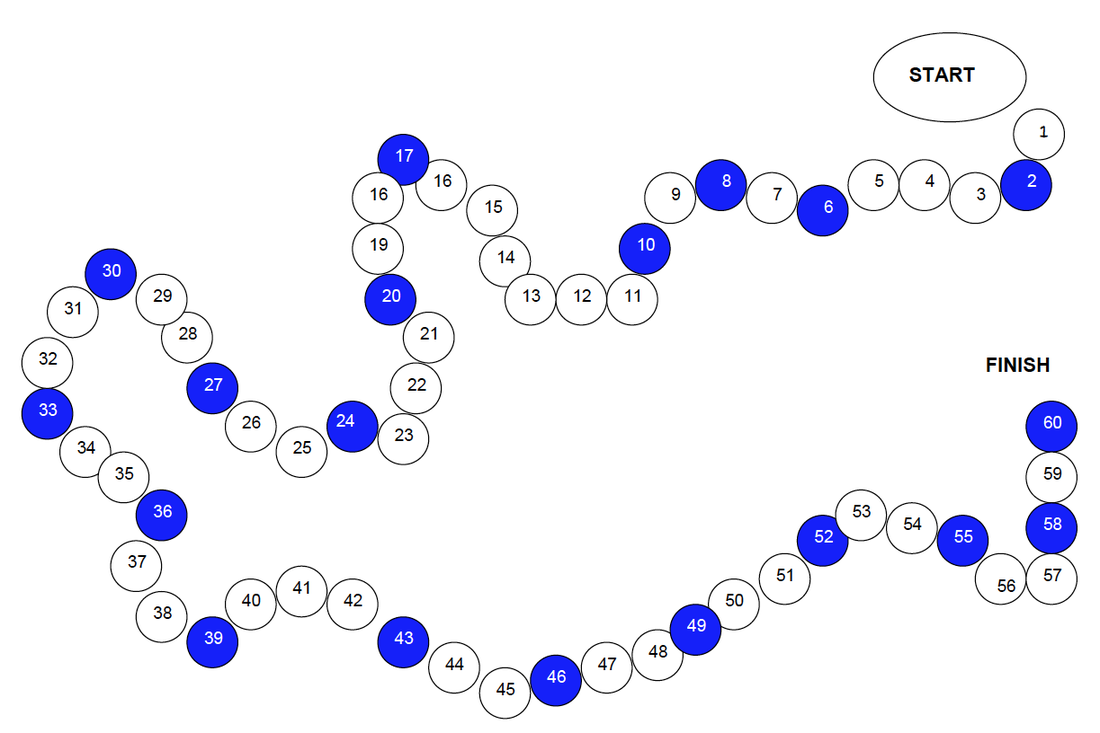 The PRESENT SIMPLE contrasted with the PRESENT CONTINUOUS can be practiced easily with a fun game of ludo. I find that it is a recurrent problem which needs lots of practice. I usually draw a winding ludo board on the blackboard but you can also project the gameboard I have to download on the IWB or else even print a copy for a group of students to play on. I like to first revise the grammatical differences before dividing the class into two teams and getting them to throw the dice. Each team in turn answers the question according to the number they land on (having previously handed out the photocopied questions to them). If they answer correctly they can stay on the square where they just landed. If they make a mistake they go back to the previous square they were on. The first team to reach the FINISH is obviously the winner. The game is not at all as easy as it seems and sometimes two answers could be possible depending on interpretation. However, due to its challenging nature it is fun as well as being effective. You can download the game below. Hope you have fun with it! Susan P.S. I forgot to mention that because there are only 55 questions but 60 balls on the board, you then restart from the beginning and number 56 is equivalent to question 1, 57 = question 2, 58 = question 3, 59 = question 4 and 60 = question 5. This is to repeat the trickier questions at the beginning which sometimes lead students to give the wrong answer. The blue balls can be used or not - as you please. You could allow those landing on a blue ball to throw the dice again for example.
36 Comments
Many certifications, beginning with the Cambridge English: Young Learners STARTERS /MOVERS / FLYERS exams for primary school children, require students to describe pictures in varying detail depending on their level and to understand listening pieces in order to carry out tasks demonstrating their comprehension. Therefore practising these skills intensely together will give the students the confidence to face these exams from a very young age.
I have tried describing these pictures with chants where I sing a piece and they repeat it like an echo. To make it more fun I have them search for what we are singing and see if they can find it before their friends. This makes them not only practise fluency but also verify their comprehension.
Subsequently – when the chant has been repeated numerous times over a period of time (a few days) – students can be asked to describe the picture with their own words. Inevitably they will use the right collocations and vocabulary. For older students one might try making a gap-fill with the text to see if they remember the right prepositions or collocations. For this purpose I am also adding the Word document to modify as you feel necessary. Children could, in groups, describe one aspect of another picture and then all the class puts the various sentences together into a chant to sing together. All the materials and audio are provided below for you to download. If you have any other ideas of how one could exploit the materials please comment below. Hope you have fun using them! Susan
Actions can be practiced easily with a fun miming game.
I like to introduce more complicated actions like “popping a slice of toast into the toaster” by providing two teams with a list of less commonly known expressions in a fun miming game. In this manner whilst they are trying to guess what the action represents, they are continuously scanning the various new expressions on the list thereby fixing them in their memory and using them to find out if the action corresponds. In fact, as the game progresses they become faster and faster proving that they are learning the expressions at the same time. There are a few rules to follow: 1. Each team receives the same lists (but I usually give three different sheets to each team – one per person – so that everybody is involved in the search since not everyone in each team has the same sheet and so they cannot ‘sleep’ as they have to contribute if their teammates haven’t got the expression they are looking for). 2. The person who is going to mime picks an expression (you have previously cut the expressions into strips) out of a bag. 3. The person miming does so for their own team so that they are forced to do it well. The team members ask: "Are you ....ing?" Answer: "Yes, I am. / No, I'm not." 4. If the team guesses the first time they gain 3 points, if they guess the second time they get 2 points and if they guess the third time they only get one point. 5. If they still haven’t guessed the opposite time gets to try for one point. 6. If they don’t guess the original team has a go for one point and they alternate until one team wins the point. 7. Then the opposing team starts miming again for three points… The game is always very popular and fun as well as being effective. You can download the worksheets below. Feel free to delete or translate the Italian into another language. Hope you have fun with it! Susan |
Categories
All
Would you like regular English learning & teaching ideas? Subscribe to my blog so you don't miss a post!
AuthorMy name is Susan Brodar, born in London into a multilingual family and brought up bilingual English / Italian. Archives
December 2018
|
||||||||||||||||||||||||||||||||||||||||||||||||||||||||

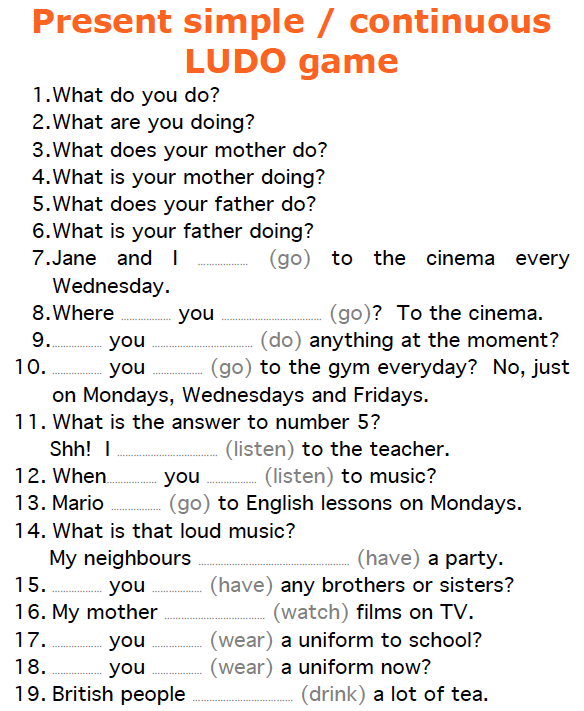
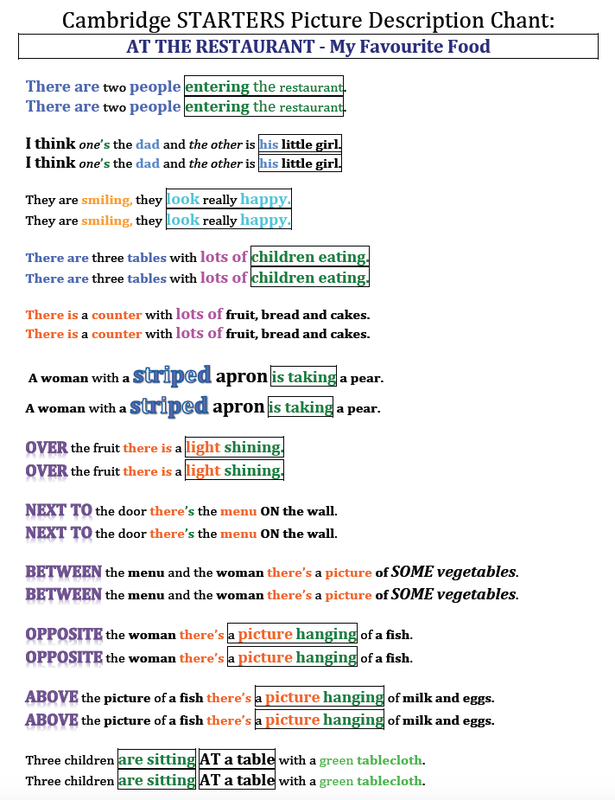
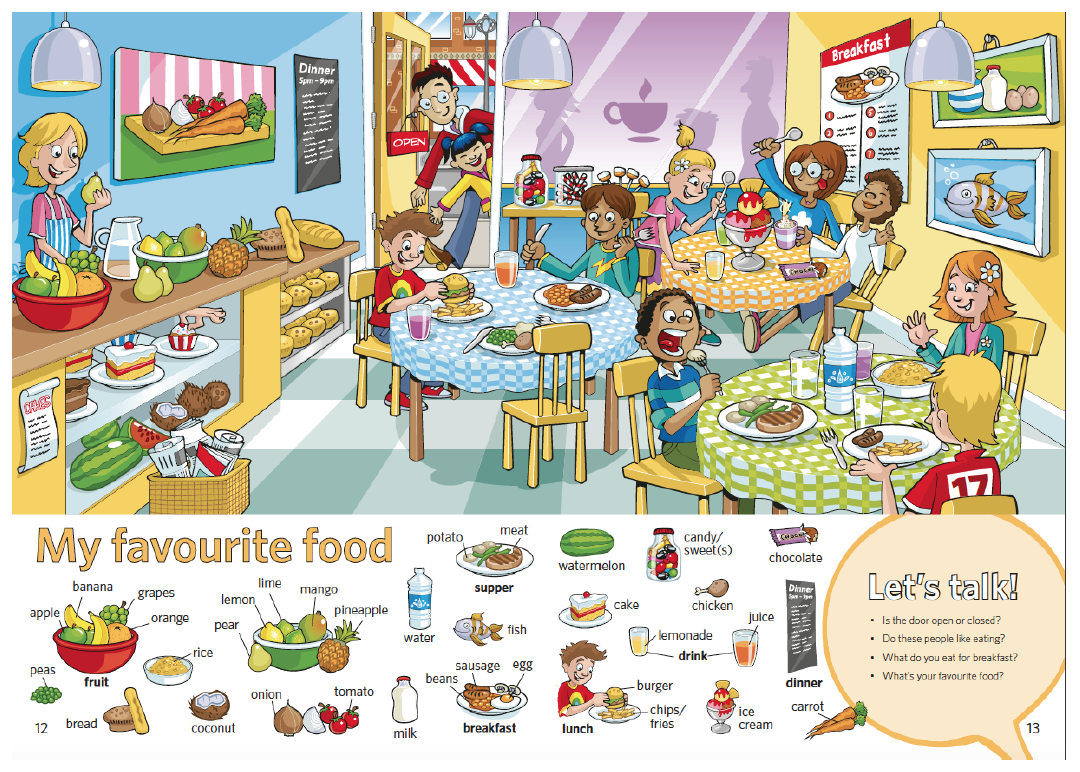

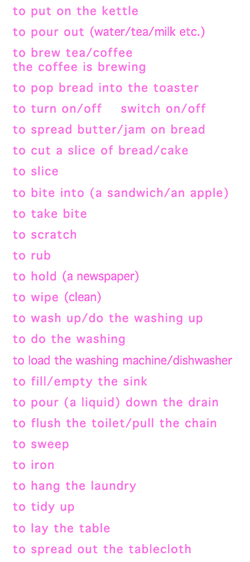



 RSS Feed
RSS Feed





